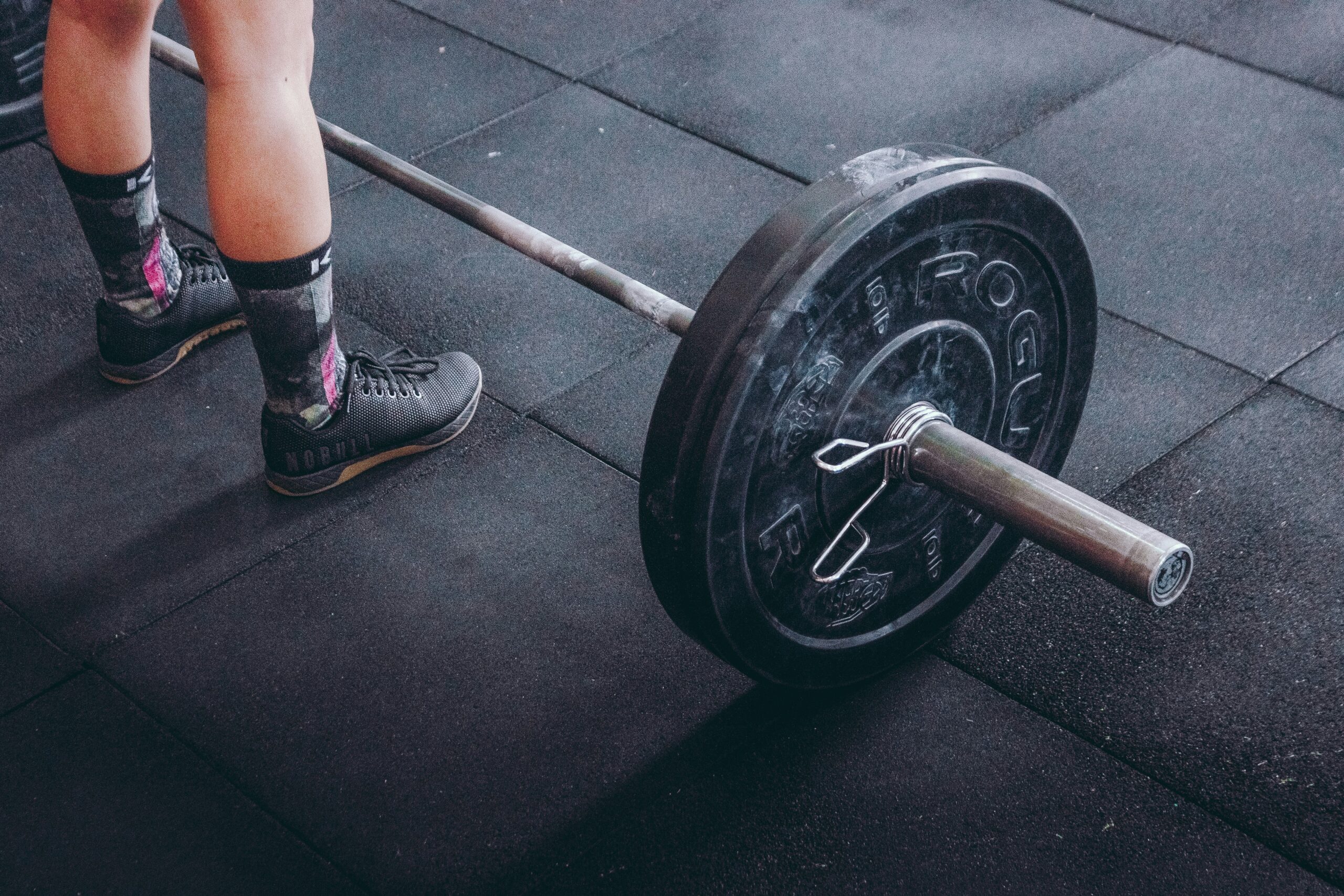
Strength training is a fundamental component of any fitness regimen, contributing not only to muscular strength and endurance but also to overall health and functionality. However, determining the appropriate duration of strength training sessions can be challenging, as it largely depends on an individual’s ability level, goals, and schedule constraints. In this article, we’ll explore the optimal strength training durations for beginners, intermediate, and advanced individuals, along with example exercises tailored to each level.
1. Beginners (0-6 months of consistent training)
For beginners, the focus should be on mastering proper form, building a foundation of strength, and gradually increasing training volume over time. Sessions should be kept relatively short to prevent overexertion and minimize the risk of injury. Aim for the duration of strength training 30 to 45-minute sessions, including warm-up and cool-down periods.
Example Beginner Exercises:
1. Bodyweight Squats: Start with feet shoulder-width apart, squat down as if sitting back into a chair, keeping knees aligned with toes, then return to the standing position.
2. Push-Ups: Begin in a plank position, lower chest towards the ground while keeping the body straight, then push back up to the starting position.
3. Dumbbell Rows: Hold a dumbbell in each hand, hinge at the hips with a straight back, and pull the weights towards the hips, squeezing the shoulder blades together.
4. Dumbbell Lunges: Hold a dumbbell in each hand, step forward with one leg, lower the body until both knees are bent at a 90-degree angle, then return to standing position.
5. Plank: Start in a push-up position, keeping the body in a straight line from head to heels, and hold for a designated time.
2. Intermediate (6 months – 2 years of consistent training)
Intermediate individuals have developed a baseline level of strength and proficiency in various exercises. They can handle slightly longer training sessions to stimulate further muscle growth and strength gains. Aim for 45 to 60-minute sessions, allowing for more variety and intensity in workouts.
Example Intermediate Exercises:
1. Barbell Squats: With a barbell across the shoulders, squat down until thighs are parallel to the ground, then return to the standing position.
2. Deadlifts: Stand with feet shoulder-width apart, bend at the hips and knees to grip the barbell, keeping the back straight, then lift the barbell until standing upright.
3. Bench Press: Lie on a flat bench with a barbell above the chest, lower the barbell towards the chest, then press it back up to the starting position.
4. Pull-Ups: Hang from a pull-up bar with palms facing away, pull the body upwards until the chin clears the bar, then lower back down with control.
5. Russian Twists: Sit on the floor with knees bent and feet elevated, hold a weight or medicine ball, and rotate the torso from side to side while touching the object to the ground.
3. Advanced (2+ years of consistent training)
Advanced individuals possess a high level of strength, muscular endurance, and technical proficiency in a wide range of exercises. Their training sessions can be more extensive, incorporating advanced techniques such as supersets, drop sets, and advanced variations of traditional exercises. Aim for 60 to 90-minute sessions, allowing for thorough warm-up and cool-down periods.
Example Advanced Exercises:
1. Barbell Back Squats: Similar to barbell squats, but with the barbell placed on the upper back, allowing for greater loading potential.
2. Sumo Deadlifts: A variation of deadlifts with a wider stance and hands gripping the barbell inside the knees, targeting the posterior chain muscles.
3. Weighted Dips: Using a dip belt or weighted vest, perform dips on parallel bars, focusing on the full range of motion and controlled movement.
4. Barbell Rows: With a barbell on the ground, hinge at the hips with a flat back to grip the barbell, then pull the weight towards the lower ribcage, emphasizing the contraction of the back muscles.
5. Plyometric Push-Ups: Perform explosive push-ups, pushing off the ground with enough force to lift the hands off momentarily before landing softly and immediately going into the next repetition.
Conclusion:
The duration of strength training sessions should be tailored to individual ability levels, ensuring a balance between effectiveness and sustainability. Beginners should start with shorter sessions to focus on technique and gradually progress in duration as they build strength and confidence. Intermediate individuals can handle slightly longer sessions to continue making progress, while advanced individuals may benefit from more extensive workouts to accommodate their higher training volume and intensity. Regardless of ability level, proper form, progression, and recovery should always be prioritized to maximize the benefits of strength training while minimizing the risk of injury.

